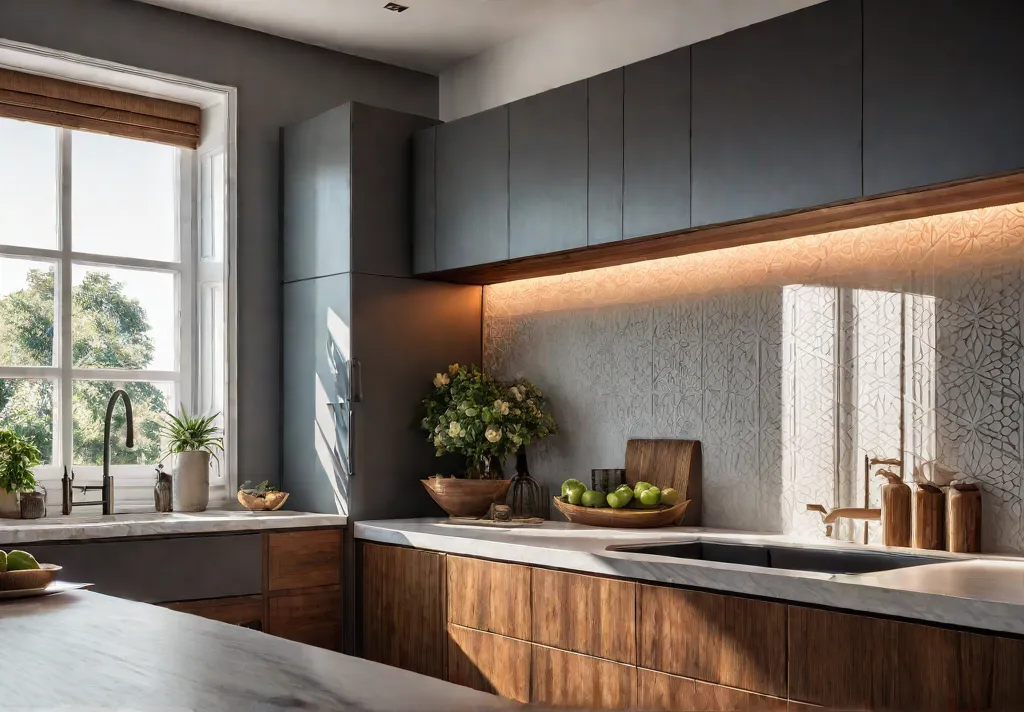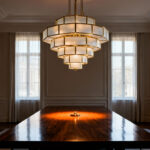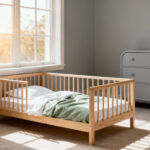Have you ever stepped into a kitchen and felt instantly transported back in time? The warm glow of rich wood cabinetry, the intricate detailing, and the undeniable charm of traditional craftsmanship can create a truly captivating atmosphere. But these timeless treasures require thoughtful care to maintain their beauty and functionality for years.
Imagine running your fingers along an antique cabinet door’s smooth, polished surface, admiring the artistry and skill that went into its creation. Traditional kitchen cabinets are more than just storage spaces; they’re works of art that add character and soul to the heart of your home. However, like any masterpiece, they demand careful attention and preservation to withstand the test of time.
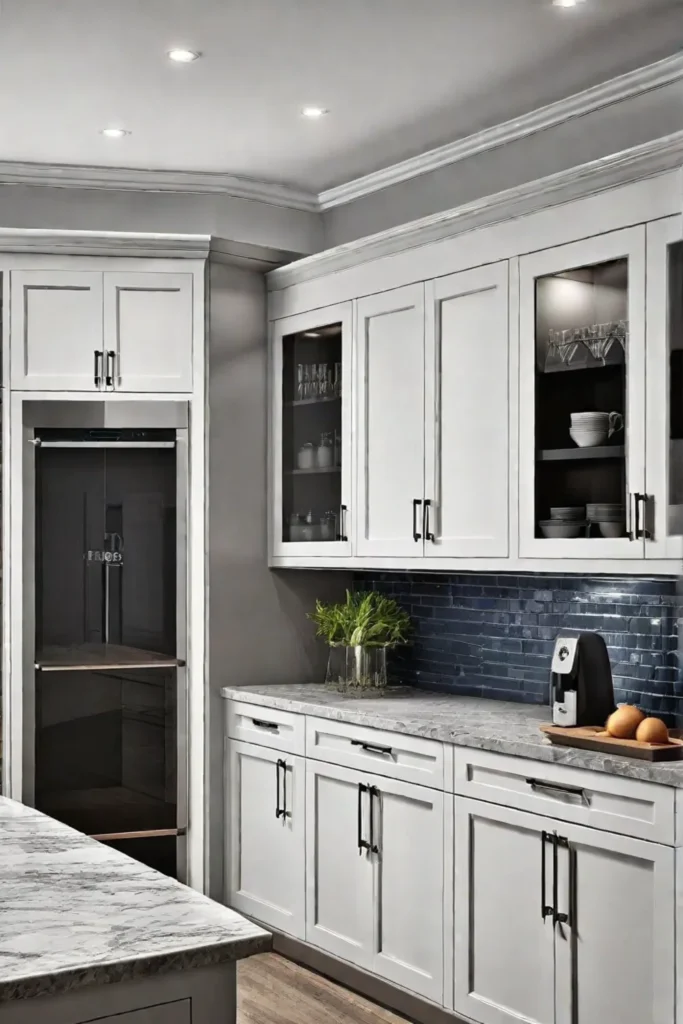
In this comprehensive guide, we’ll explore the essential techniques for cleaning, repairing, refinishing, and updating traditional kitchen cabinets. Whether you’re a proud homeowner or a passionate renovator, these invaluable insights will empower you to breathe new life into your beloved cabinetry, ensuring it remains a cherished focal point for years.
Gentle Caresses: Cleaning and Maintaining Traditional Cabinets
Proper cleaning and maintenance are the foundations of preserving the beauty of traditional kitchen cabinets. Neglecting these essential tasks can lead to a buildup of grime, grease, and other unsightly residues, dulling the once-vibrant finishes and compromising the integrity of the cabinetry.
First, it’s crucial to understand the importance of using the right cleaning products and techniques. Traditional finishes, whether rich wood or classic laminate, can be easily damaged by harsh chemicals or abrasive cleaners. Opt for gentle, pH-neutral solutions and soft cloths to avoid scratching or stripping the delicate surfaces.
Regular dusting and wiping down cabinet surfaces should be a part of your routine. A soft, dry cloth is all you need to remove surface dust and prevent it from accumulating in the nooks and crannies. For tougher stains or built-up residue, a mild cleaning solution and a soft-bristled brush can work wonders without damaging the finish.
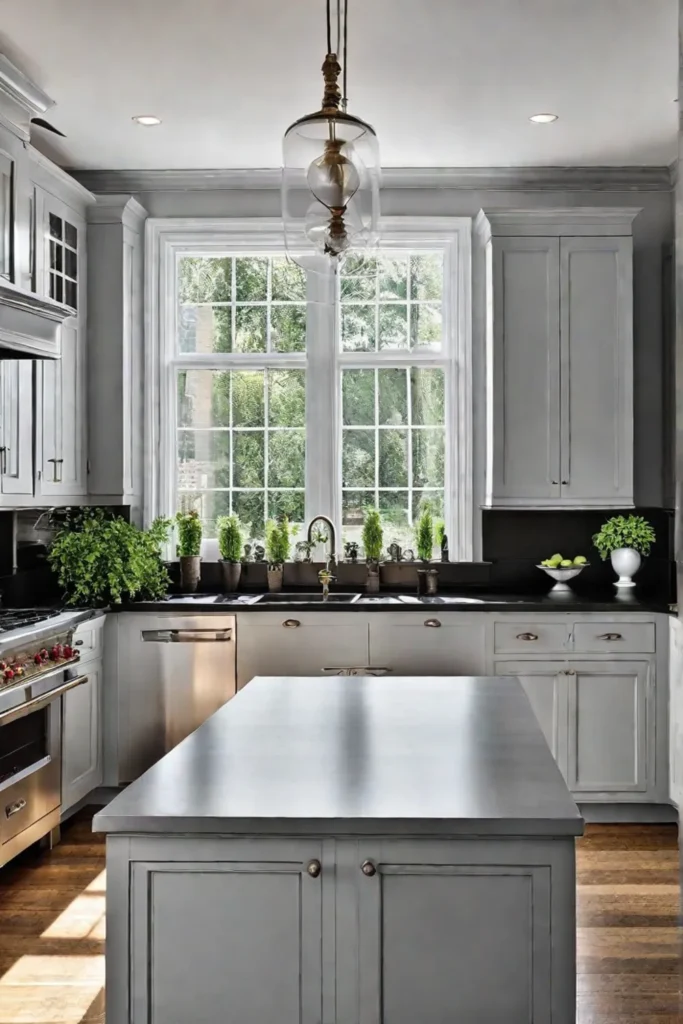
Don’t forget to pay special attention to the hinges, hardware, and other moving parts. These areas are prone to collecting grease and grime, which can hinder smooth operation and detract from the overall appearance. A gentle cleaning with a soft cloth and a mild solution will keep them functioning smoothly and looking their best.
Consistency is key when it comes to maintaining traditional kitchen cabinets. Establish a regular cleaning routine, whether weekly, bi-weekly, or monthly, to prevent the buildup of dirt and grime. By taking a proactive approach, you’ll preserve the beauty of your cabinets and extend their lifespan, ensuring they remain a cherished part of your home for generations to come.
Restoring Radiance: Repairing Damage to Traditional Cabinets
Even with the most diligent care, traditional kitchen cabinets can suffer from various forms of damage over time. Scratches, dents, warping, and joint separation are common issues that can detract from your cabinetry’s overall aesthetic and functionality.
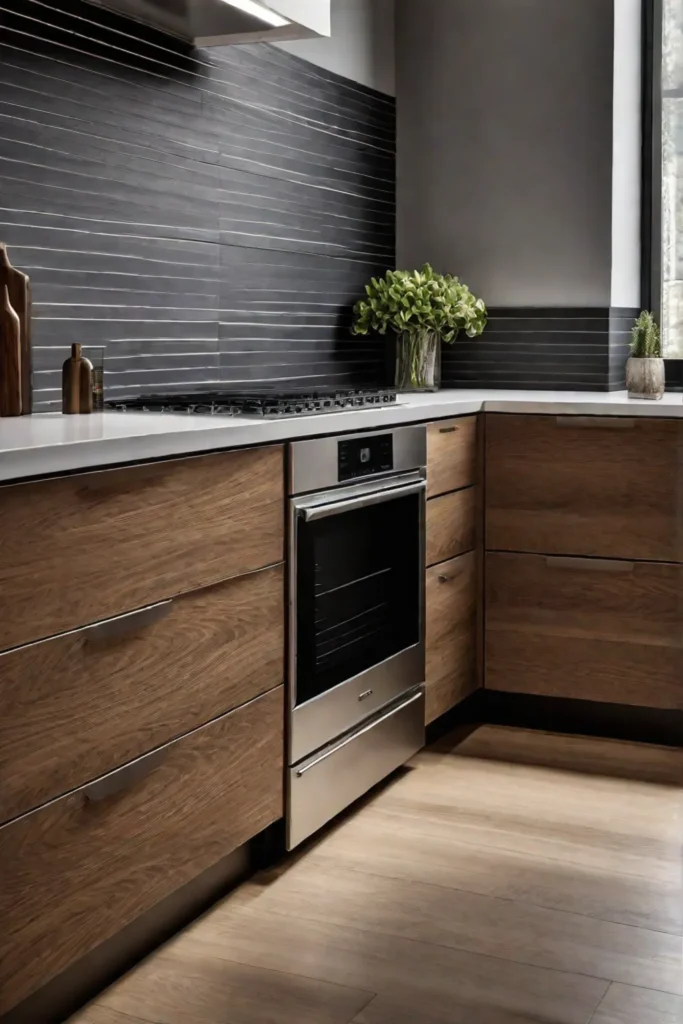
However, don’t despair – many problems can be addressed through DIY repair techniques or professional restoration services. The key is to act promptly to prevent further deterioration and preserve the value of your investment.
For minor scratches, a touch-up pen or wood filler can conceal the blemish. Fill in the scratch, smooth the area, and apply a matching stain or paint to blend seamlessly into the surrounding finish.
Dents, on the other hand, may require a bit more finesse. Carefully applying heat with a specialized tool can help soften the dented area, allowing you to push it back into place gently. Once cooled, a light sanding and touch-up will restore the smooth, unblemished surface.
Warping and joint separation are more serious issues that may require professional attention, especially if the damage is extensive. However, you can use clamps to straighten the warped area or wood glue to reattach separated joints for minor cases. With patience and a steady hand, these DIY repairs can breathe new life into your beloved cabinetry.
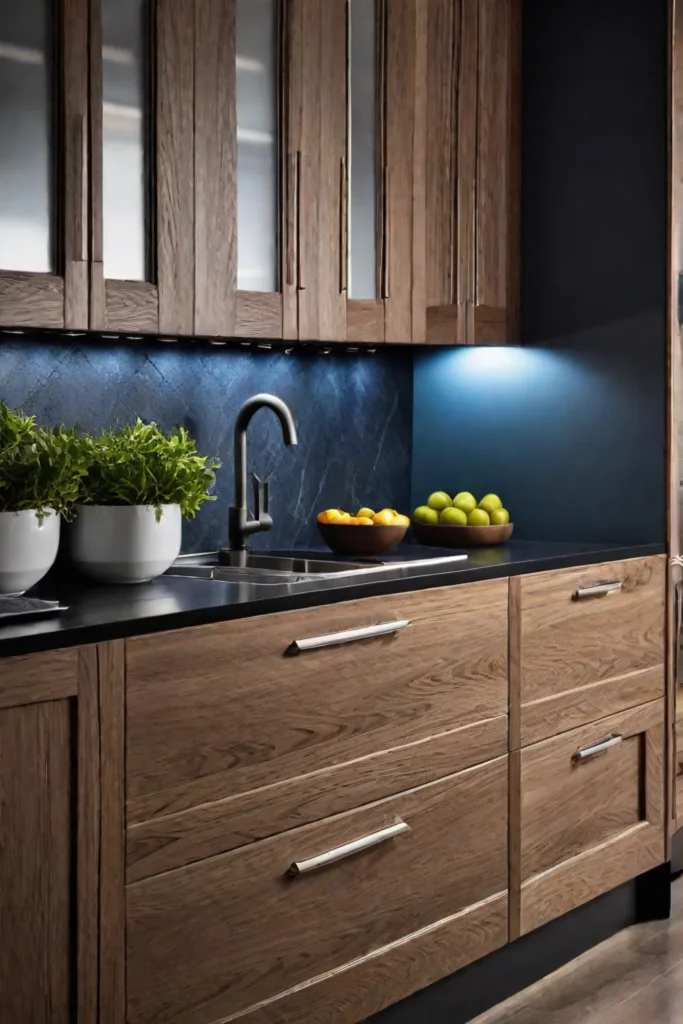
Remember, when restoring the beauty of traditional kitchen cabinets, it’s essential to assess the extent of the damage and determine the best course of action. While DIY repairs can be effective for minor issues, more significant damage may require the expertise of a professional restoration service to ensure a flawless, long-lasting result.
Reviving Radiance: Refinishing and Restoring Traditional Cabinets
Sometimes, even the most meticulous care and repair efforts aren’t enough to revive the former glory of traditional kitchen cabinets. In such cases, refinishing or full restoration may be the solution to breathe new life into your cabinetry.
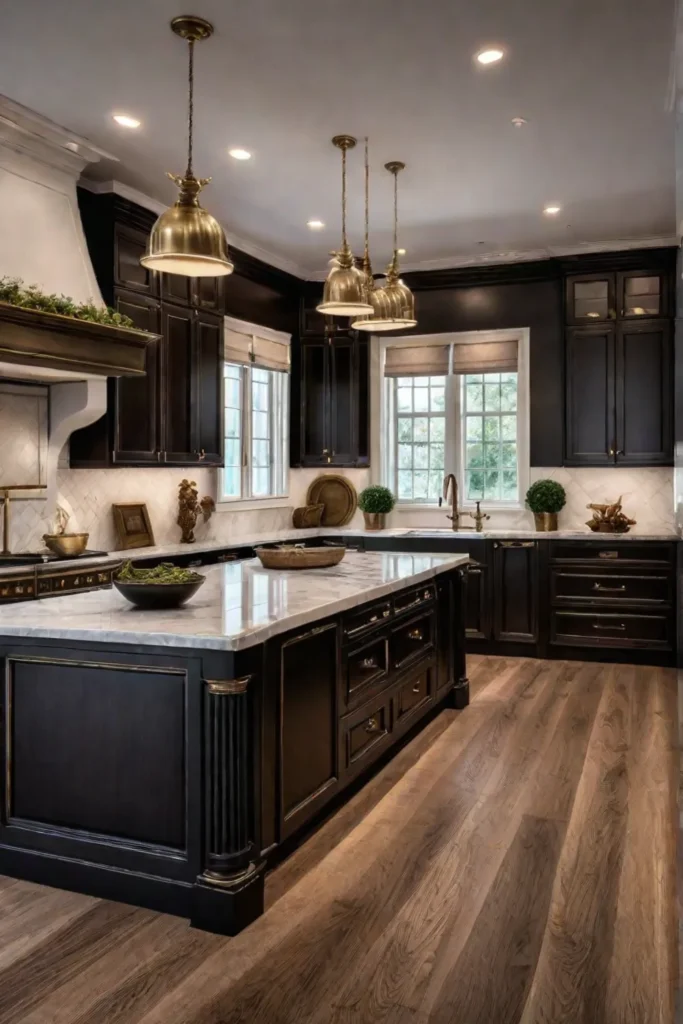
Refinishing is an excellent option for updating the look of your cabinets or addressing significant wear and tear. This process involves stripping the existing finish, sanding the surfaces smoothly, and applying fresh paint or stain in your desired color or shade.
One of the most compelling reasons to refinish traditional cabinets is the ability to achieve a near-new appearance without the cost and hassle of a complete replacement. With careful preparation and the right techniques, your refinished cabinets will look like they’ve just emerged from the workshop, boasting a flawless, vibrant finish that complements your kitchen’s decor.
Full restoration may be the preferred approach for cabinets with extensive damage or historical significance. This meticulous process aims to preserve the cabinetry’s original character and craftsmanship while addressing any structural or cosmetic issues.
Restoration often involves disassembling the cabinets, carefully repairing or replacing damaged components, and meticulously refinishing the surfaces to match the original aesthetic. While more labor-intensive and costly than refinishing, restoration ensures that your traditional cabinets’ unique charm and heritage are preserved for generations to come.
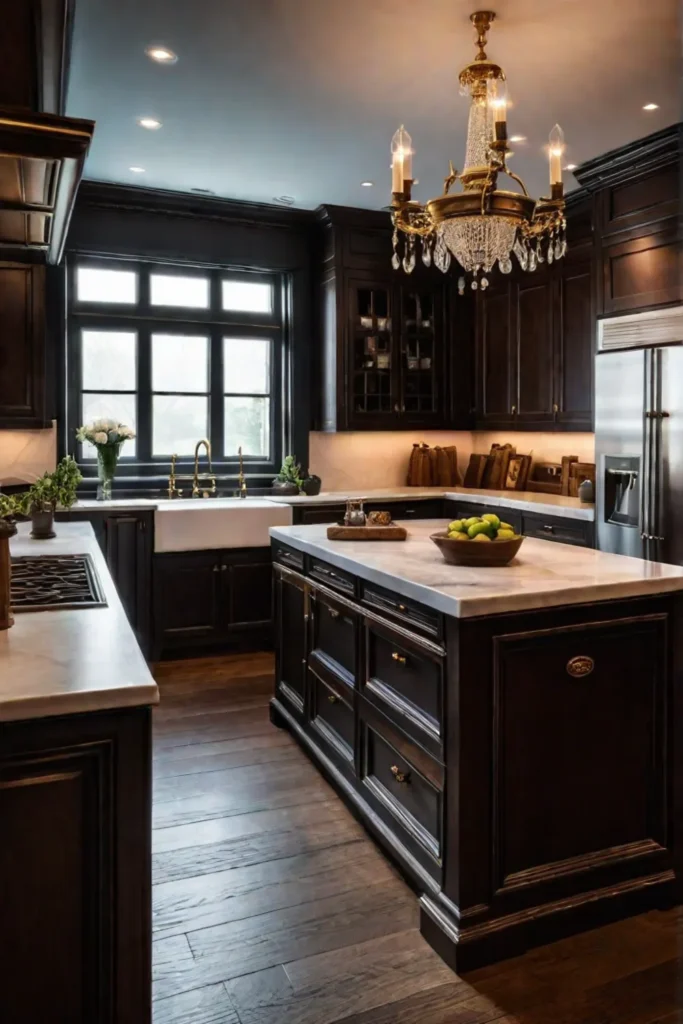
Whether you opt for refinishing or full restoration, careful preparation is key to achieving a high-quality, long-lasting finish. From stripping and sanding to priming and painting, each step must be executed with precision and attention to detail. And remember, selecting the right finishing materials, such as high-quality paints or stains, can make all the difference in the final result.
Embracing Modernity: Updating Traditional Kitchen Cabinets
While preserving the timeless beauty of traditional kitchen cabinets is essential, it’s equally important to ensure they meet your modern lifestyle needs. Fortunately, there are numerous ways to update and enhance the functionality of your cabinetry without sacrificing its classic charm.
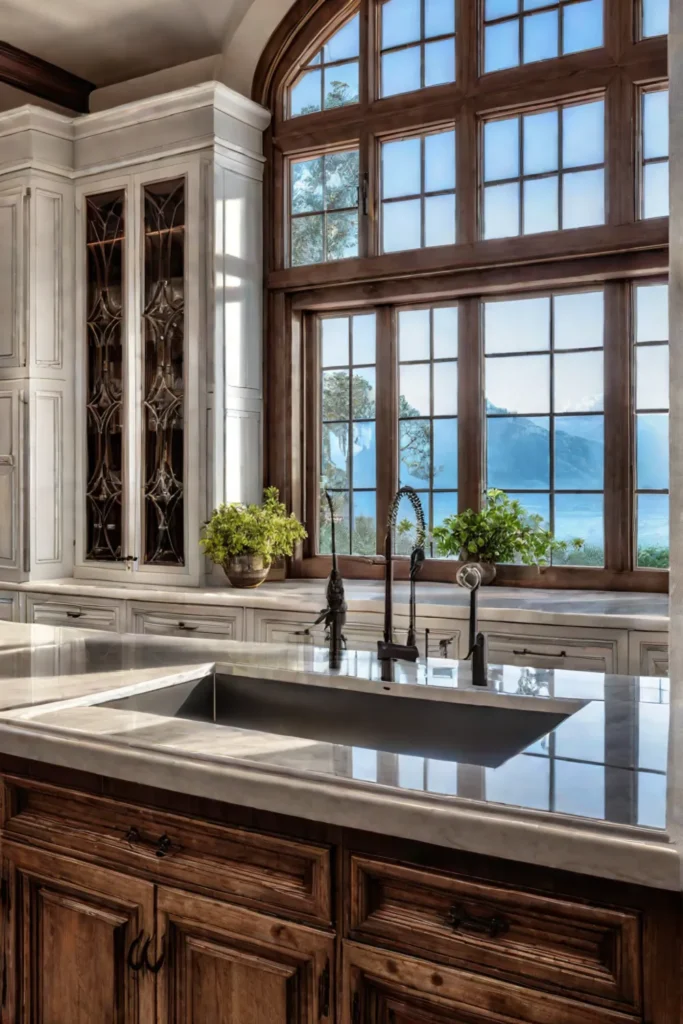
One of the most impactful and cost-effective updates is to replace the hardware and accessories. Swapping outdated knobs and pulls for sleek, contemporary options can instantly elevate the look of your cabinets while adding functional features like soft-close hinges or pull-out shelves can vastly improve their usability.
Another popular option is to replace or reface the cabinet doors and drawer fronts. This approach lets you maintain the existing cabinet boxes while giving your kitchen a fresh, updated appearance. The possibilities are endless, from sleek, modern designs to traditional styles with a twist.
However, updating traditional kitchen cabinets goes beyond aesthetics. Incorporating modern storage solutions and organizational features can transform your cabinetry into a highly functional, efficient workspace. Consider adding pull-out pantry units, built-in spice racks, or even charging stations for your devices—the possibilities are limitless.
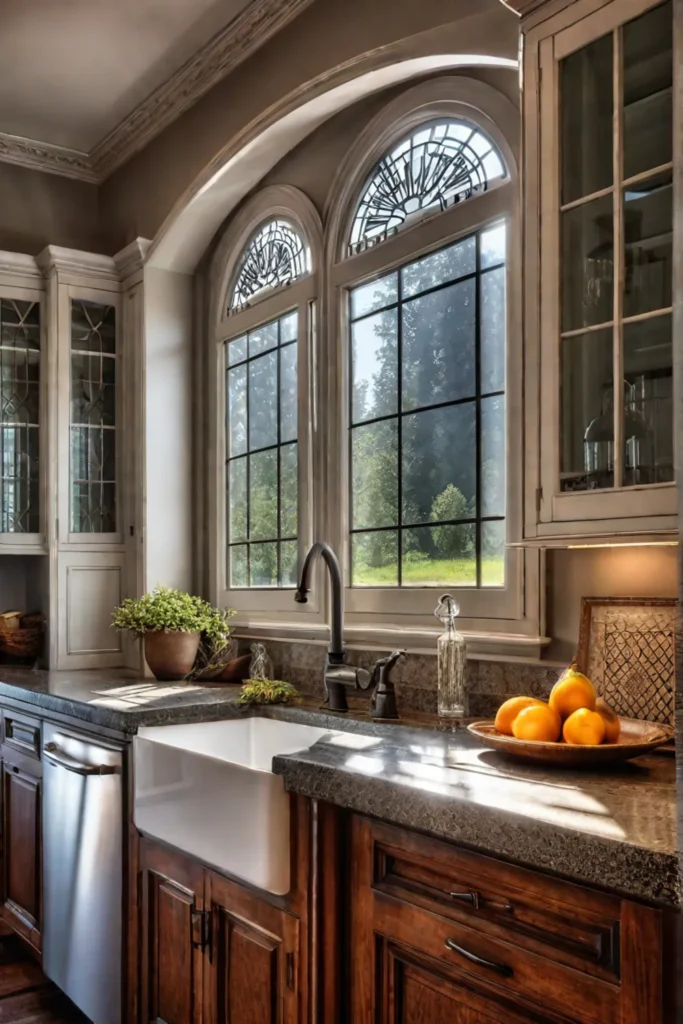
When embarking on an updating project, it’s essential to carefully select hardware, doors, and accessories that complement the existing style of your traditional cabinets. Striking the right balance between modern functionality and timeless charm is key to creating a harmonious, cohesive look you’ll love for years.
A Timeless Legacy: Embracing the Enduring Allure of Traditional Cabinets
Traditional kitchen cabinets are more than just storage spaces; they’re living embodiments of craftsmanship, history, and the enduring allure of timeless design. By investing in their care, maintenance, and preservation, you’re safeguarding the beauty of your home and honoring the artistry and legacy of those who came before.
Whether you’re a proud homeowner or a passionate renovator, the techniques and insights shared in this guide will empower you to breathe new life into your beloved cabinetry, ensuring it remains a cherished focal point for generations to come. From gentle cleaning routines to expert repair and refinishing techniques, every step is a testament to your commitment to preserving the timeless treasures that grace your kitchen.
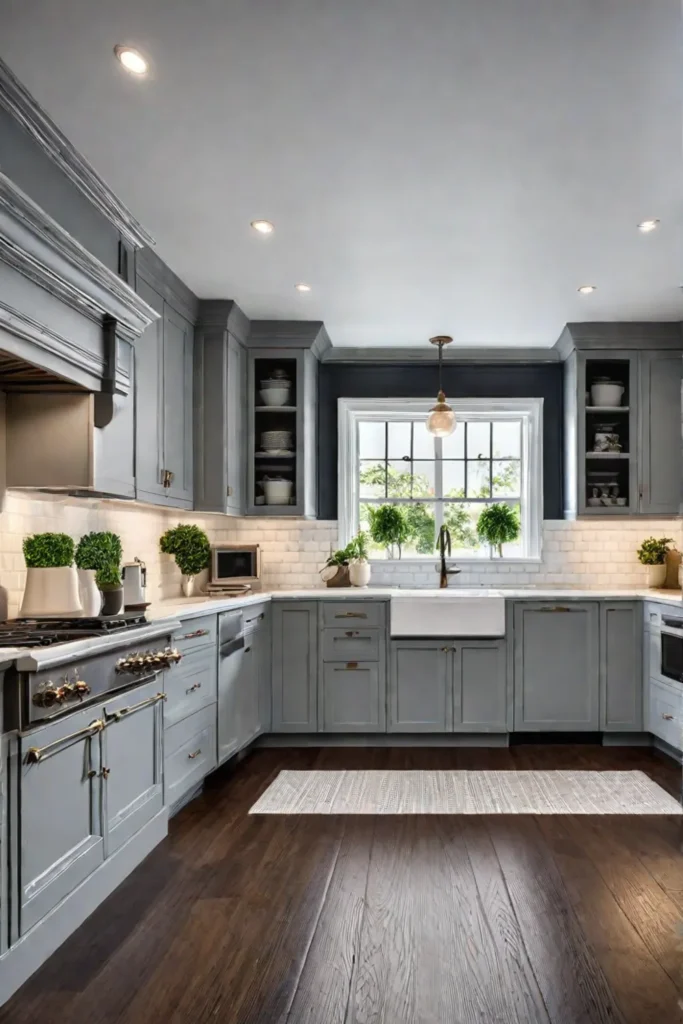
So, embrace the journey of caring for your traditional kitchen cabinets and revel in the sense of pride and accomplishment that comes with preserving these enduring works of art. In doing so, you’re not only enhancing the beauty and functionality of your home but also paying homage to the rich history and craftsmanship that have stood the test of time.
